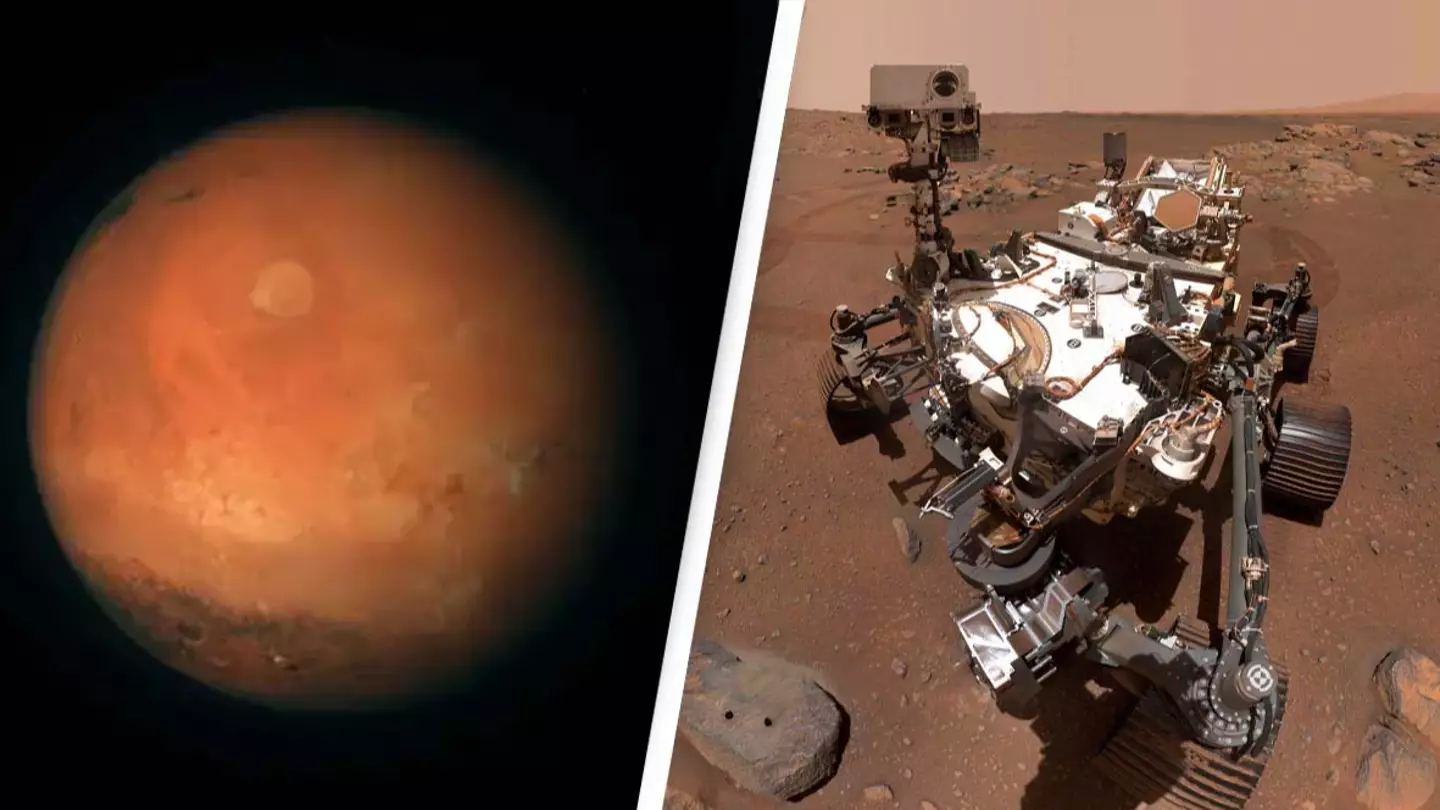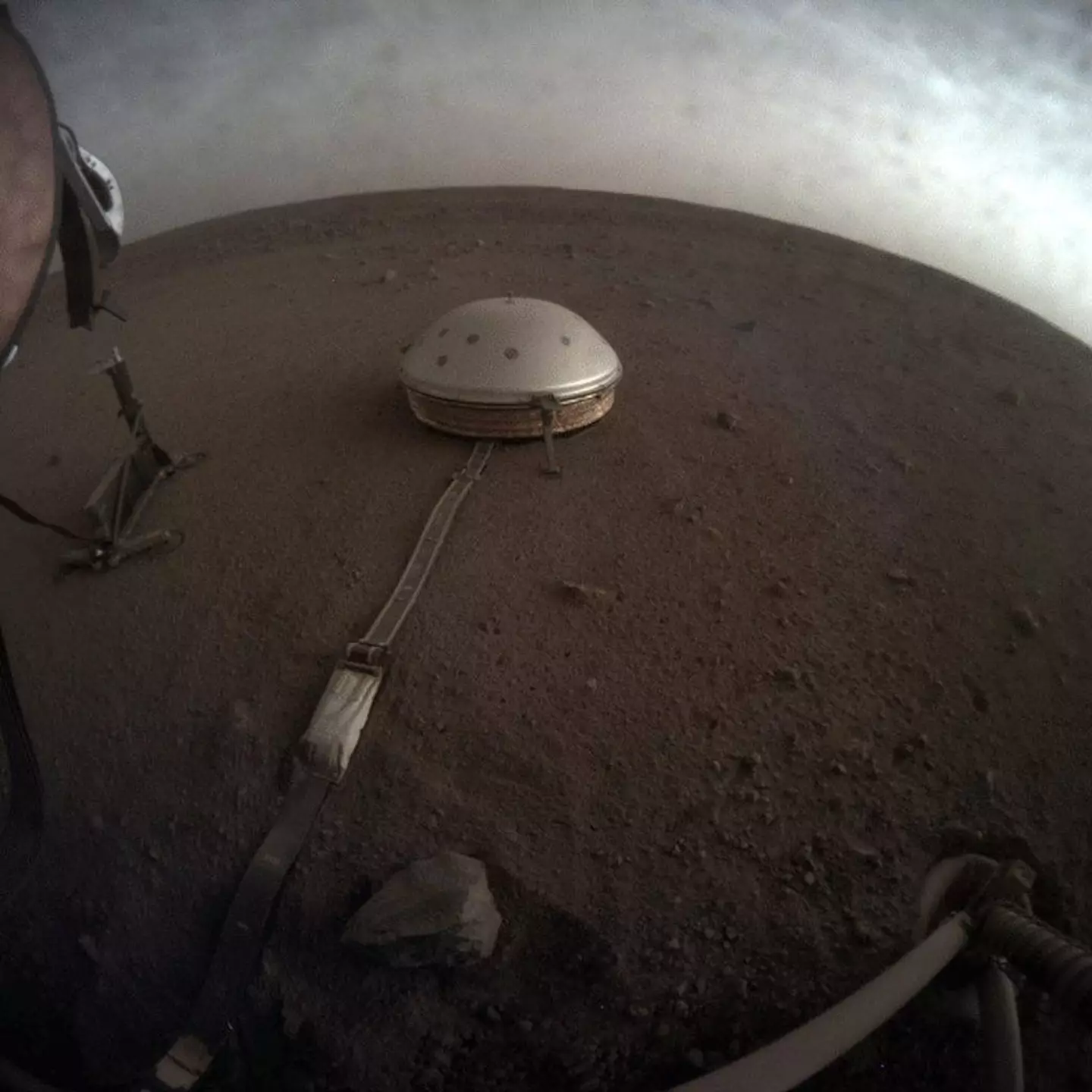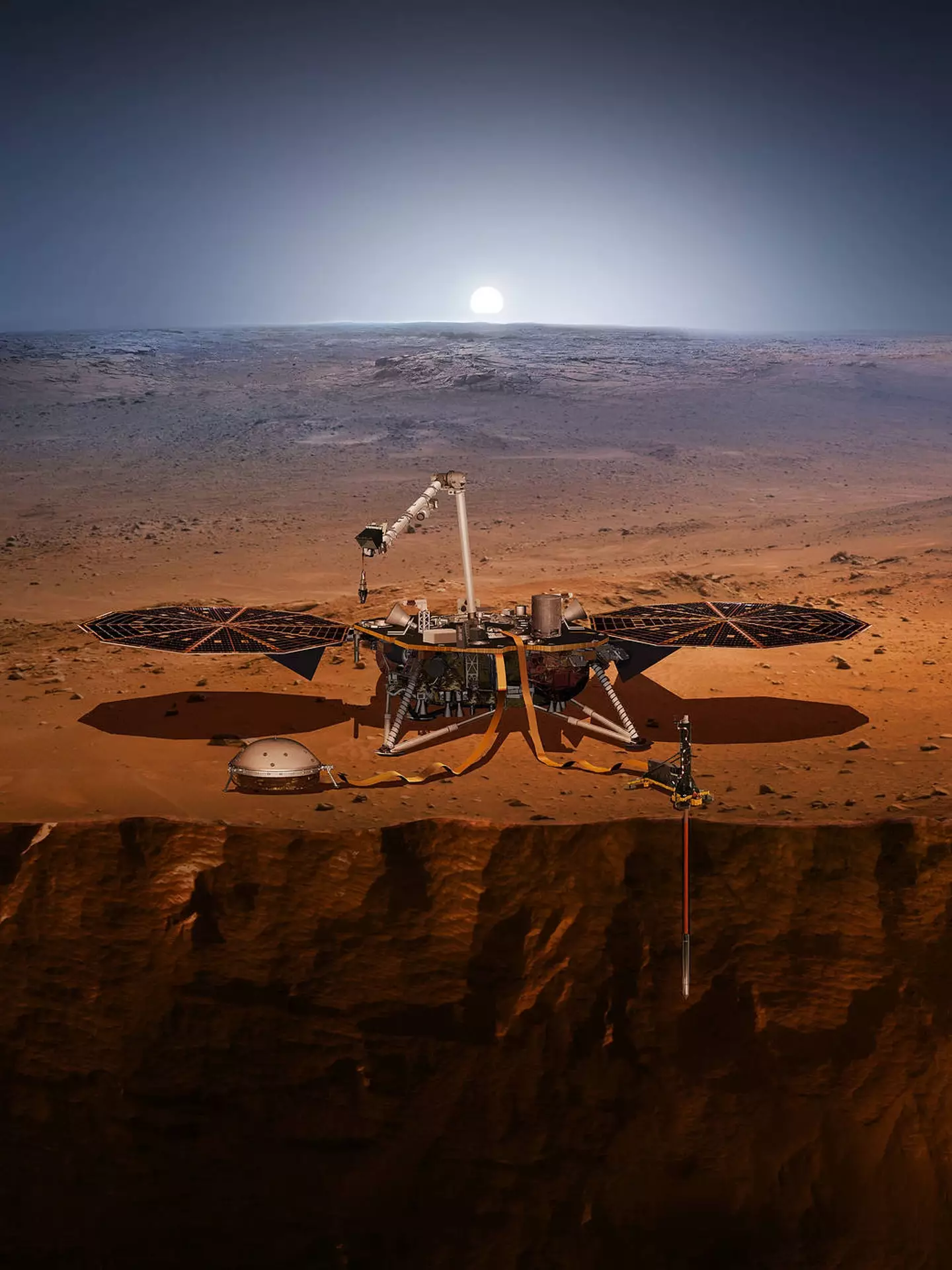
Underground volcanic activity is thought to be responsible for marsquakes on the Red Planet, researchers have said.
The repetitive quakes, similar to earthquakes, are triggered in a certain region of Mars and researchers from the Australian National University (ANU) believe it could be caused by magma activity in the Martian crust, which could lend support to theories of life below the planet's surface.
A study published in Nature Communications conducted by scientists from ANU and the Chinese Academy of Sciences in Beijing discovered 47 previously undetected marsquakes in an area called Cerberus Fossae.

The researchers used data collected from a seismometer attached to NASA's InSight lander, which has been on the planet since 2018 and collects data about marsquakes, the weather and its interior.
Advert
The study suggests this means magma in the planet’s mantle is still active and is the cause of these quakes. It was previously believed the marsquakes were caused by tectonic forces.
Geophysicist and co-author Professor Hrvoje Tkalčić, from the ANU Research School of Earth Sciences, said: “We found that these marsquakes repeatedly occurred at all times of the Martian day, whereas marsquakes detected and reported by NASA in the past appeared to have occurred only during the dead of night when the planet is quieter.

"Therefore, we can assume that the movement of molten rock in the Martian mantle is the trigger for these 47 newly detected marsquakes beneath the Cerberus Fossae region."
Advert
Professor Tkalčić said the continuous activity in the region points to the area being ‘seismically highly active’.
"Knowing that the Martian mantle is still active is crucial to our understanding of how Mars evolved as a planet," he said.
"It can help us answer fundamental questions about the solar system and the state of Mars' core, mantle and the evolution of its currently-lacking magnetic field."
If the findings turn out to be correct - and the magma is still active - it could give a boost to the hopes of finding life on Mars because living microbes need heat, water and nutrients to survive; and the magma could provide heat.
Advert
Professor Tkalčić went on to say the implications of the findings could also help us establish human life on Mars some day.

He added: "All life on Earth is possible because of the Earth's magnetic field and its ability to shield us from cosmic radiation, so without a magnetic field life as we know it simply wouldn't be possible.
"Therefore, understanding Mars' magnetic field, how it evolved, and at which stage of the planet's history it stopped is obviously important for future missions and is critical if scientists one day hope to establish human life on Mars."
Advert
Topics: International Space Station, NASA
